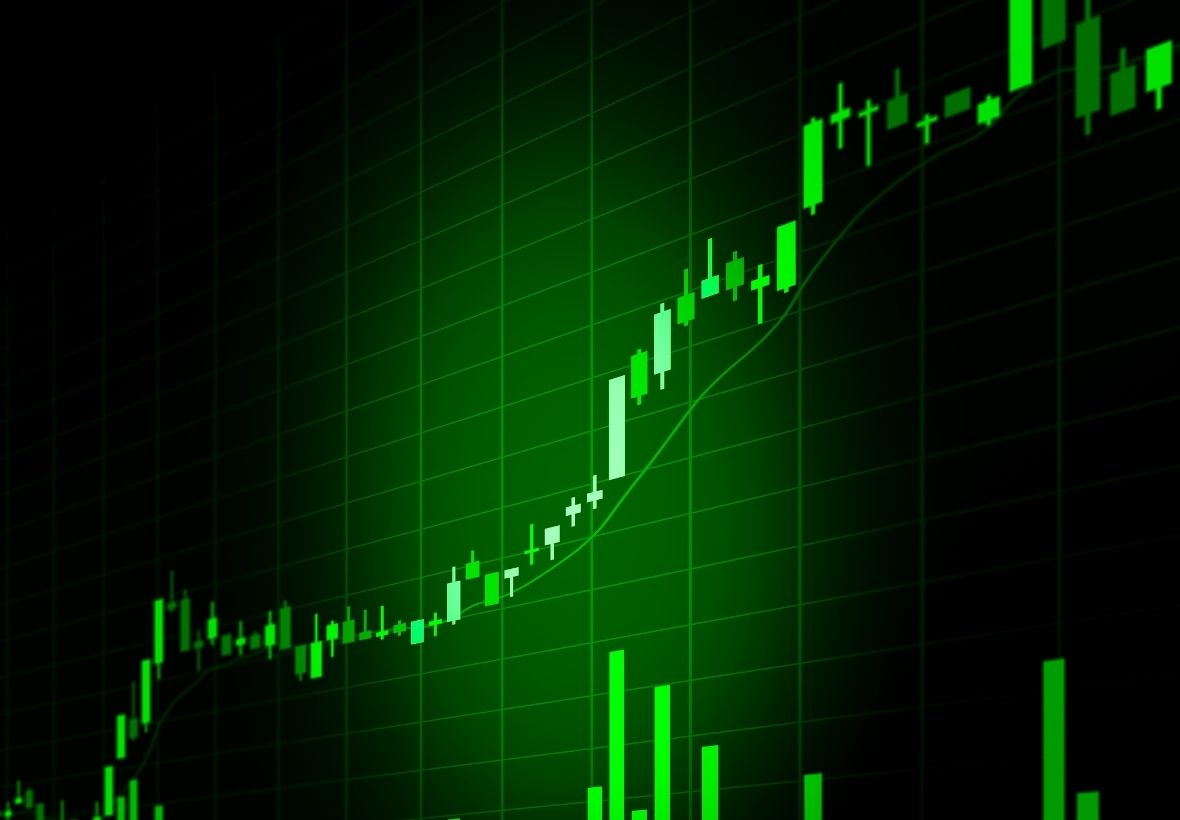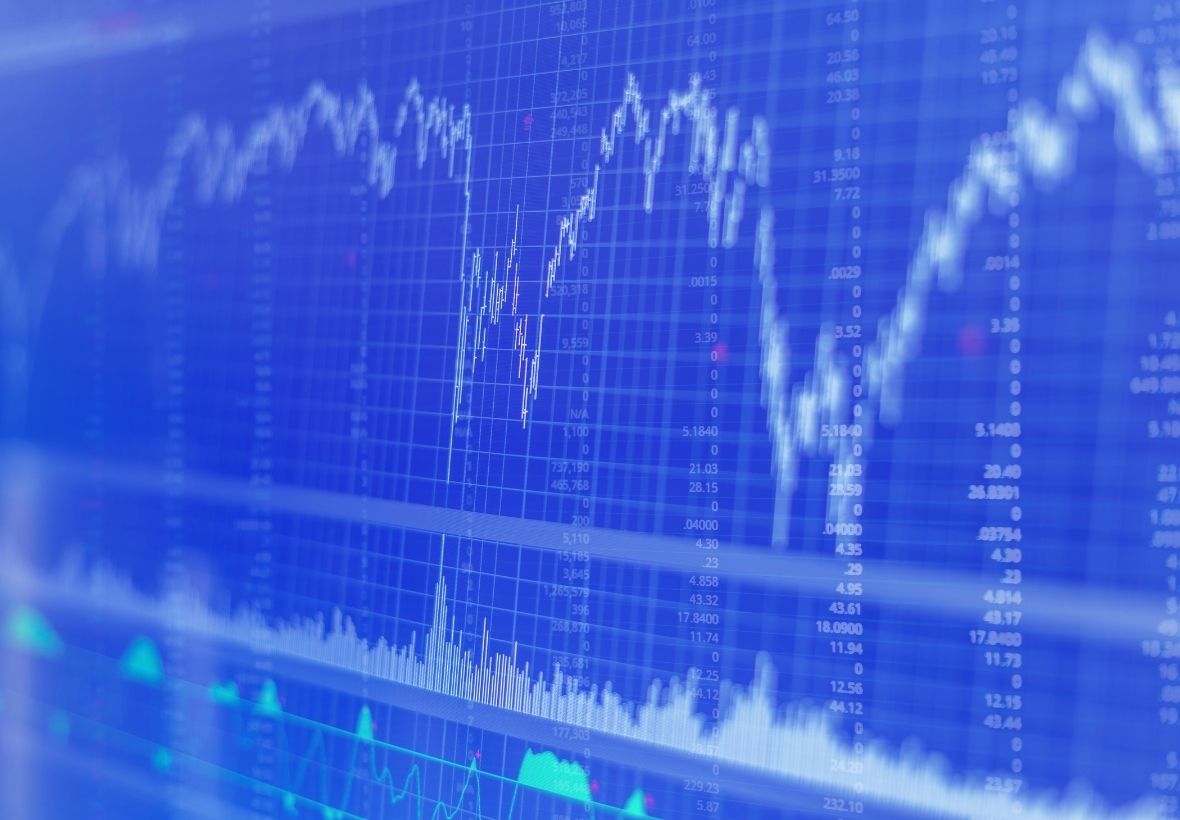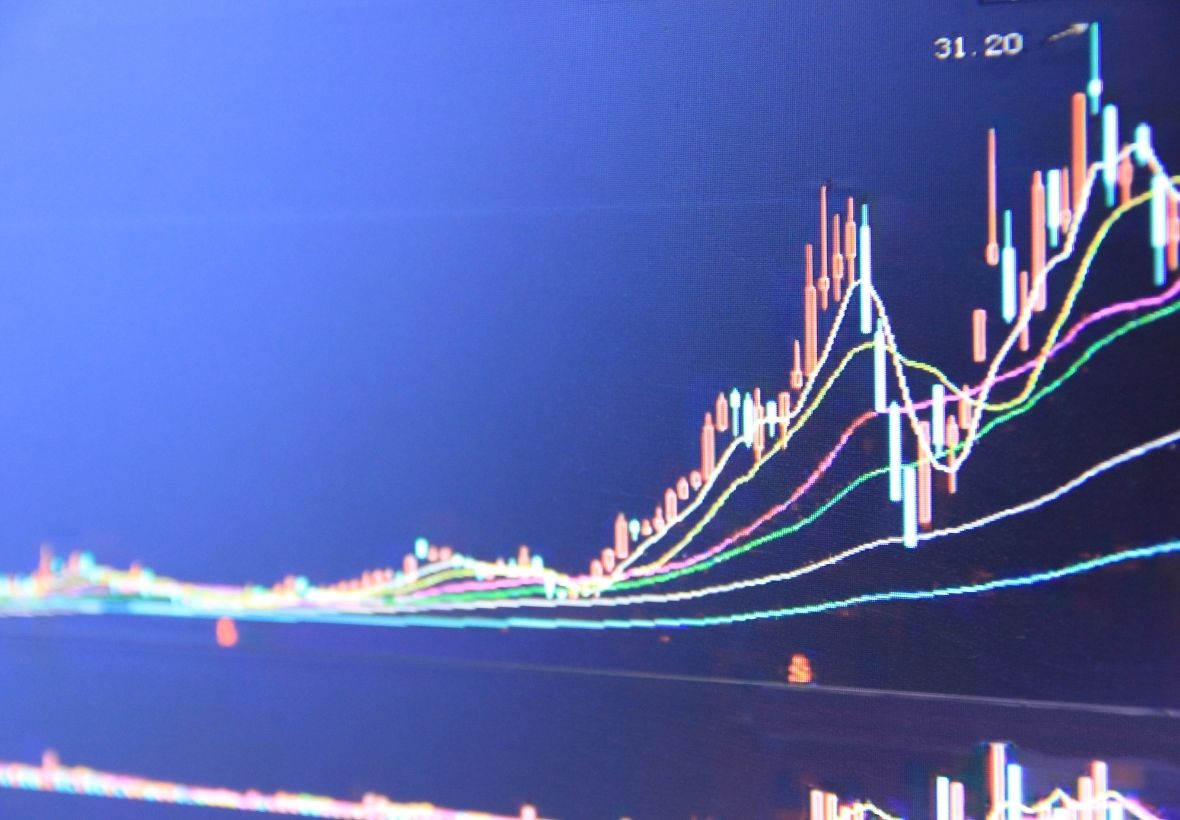Trading bots are computer programs that automatically execute trades in the financial markets based on predefined rules and algorithms. These bots can analyze vast amounts of data, identify patterns, and make trading decisions without human intervention. They are designed to eliminate emotional bias and execute trades with high precision and speed.
Selecting a Trading Strategy
Before building a trading bot, it’s crucial to select a trading strategy that aligns with your investment goals and risk tolerance. Some common trading strategies include trend following, mean reversion, breakout, and arbitrage. Each strategy has its own set of rules and indicators that determine when to buy or sell stocks.
Gathering Data for Analysis
In order to build a successful trading bot for stocks, it is crucial to gather reliable and comprehensive data for analysis. The quality of the data you acquire directly impacts the effectiveness of your trading strategy and the accuracy of your bot’s decision-making process. Here are some key steps to consider when gathering data for analysis:
- Identify relevant data sources: Start by identifying the data sources that will provide you with the necessary information for your trading strategy. This can include financial news websites, stock exchanges, data providers, and even social media platforms where market sentiments are shared.
- Historical price data: Historical price data is essential for analyzing past market trends and patterns. It allows you to identify support and resistance levels, price volatility, and potential entry and exit points for your trades. Historical price data can be obtained from various sources, including financial data providers or directly from stock exchanges.
- Fundamental data: Fundamental data provides insights into a company’s financial health, including its revenue, earnings, and other relevant financial indicators. This data helps you assess the intrinsic value of a stock and make informed investment decisions. Fundamental data can be obtained from company filings, financial news sources, or specialized data providers.
- Technical indicators: Technical indicators are mathematical calculations based on historical price and volume data. These indicators help identify market trends, momentum, and potential turning points. Examples of technical indicators include moving averages, relative strength index (RSI), and Bollinger Bands. Most trading platforms provide built-in technical indicators, but you can also calculate them using historical data.
- Market news and sentiment: Monitoring market news and sentiment can provide valuable insights into market trends and potential catalysts for price movements. News articles, press releases, and social media platforms can offer real-time information about companies, industries, and global events that may impact stock prices. There are also specialized news aggregators and sentiment analysis tools available to help you stay informed.
- Economic indicators: Economic indicators, such as GDP growth, interest rates, and inflation rates, can significantly impact the stock market. Monitoring economic data releases and understanding their implications on the broader economy can help you anticipate market movements and adjust your trading strategy accordingly. Economic data is typically available from government agencies or economic research organizations.
- Data cleaning and organization: Once you have gathered the necessary data, it is important to clean and organize it for analysis. This involves removing duplicates, handling missing data, and ensuring consistency in data formats. Various data analysis tools and programming languages, such as Python and R, offer functionalities for data cleaning and preparation.
By gathering and analyzing comprehensive data, you can gain valuable insights into market trends, make informed trading decisions, and improve the performance of your trading bot. Remember to regularly update your data sources and adapt your analysis as market conditions evolve.
Continue reading the article for more information on designing the trading algorithm and implementing the trading bot.
Designing the Trading Algorithm
Once you have selected a trading strategy and gathered the necessary data, it’s time to design the trading algorithm. This algorithm will be the backbone of your trading bot, determining when to enter and exit trades based on specific market conditions and indicators. It’s essential to consider factors like risk management, position sizing, and stop-loss orders when designing the algorithm.
Backtesting the Strategy
Before implementing your trading bot and risking real capital, it is crucial to backtest your strategy using historical data. Backtesting allows you to evaluate the performance and reliability of your trading strategy under different market conditions. Here are the key steps involved in backtesting your strategy:
- Select historical data: Choose a relevant time period for backtesting your strategy. This can range from a few months to several years, depending on the frequency of your trading strategy. Ensure that the historical data includes the necessary price and volume information for accurate analysis.
- Define entry and exit rules: Clearly define the entry and exit rules of your trading strategy. This includes identifying specific indicators or conditions that signal when to enter a trade (buy) and when to exit a trade (sell). It’s important to be precise in your rules to avoid ambiguity during the backtesting process.
- Apply the strategy to historical data: Using the selected historical data, apply your trading strategy to each data point and simulate the trades that would have been executed according to your defined rules. Record the trade details, including entry and exit prices, trade duration, and profit or loss.
Here is an example table showcasing a simplified backtesting scenario:
|
Date |
Entry Signal |
Entry Price ($) |
Exit Signal |
Exit Price ($) |
Profit/Loss ($) |
|
2020-01-02 |
RSI > 70 |
50.25 |
RSI < 30 |
48.90 |
-1.35 |
|
2020-02-14 |
Moving Average Crossover |
65.10 |
Stop Loss Hit |
62.80 |
-2.30 |
|
2020-03-27 |
Breakout above resistance |
42.80 |
Trailing Stop Loss |
46.10 |
+3.30 |
|
2020-04-15 |
MACD Signal Line Cross |
55.50 |
Take Profit Hit |
59.75 |
+4.25 |
|
2020-05-20 |
News Event: Earnings Report |
72.90 |
News Event: Negative Guidance |
69.10 |
-3.80 |
- Analyze the results: Once you have simulated the trades, analyze the results to evaluate the profitability and reliability of your strategy. Calculate key performance metrics such as the total profit/loss, win rate, average profit per trade, and maximum drawdown. This analysis will help you identify strengths and weaknesses in your strategy.
- Refine and optimize the strategy: Based on the results of the backtesting analysis, refine and optimize your strategy as necessary. Consider tweaking the entry and exit rules, adding additional indicators, or adjusting position sizing. Iterate through the backtesting process multiple times to fine-tune your strategy for optimal performance.
Remember, backtesting is a simulation of past market conditions, and it does not guarantee future performance. However, it provides valuable insights into the potential effectiveness of your strategy and helps you make informed decisions when implementing your trading bot.
Continue reading the article for more information on implementing the trading bot and testing it in live or simulated trading environments.
Implementing the Trading Bot
Once your strategy has been backtested and proven to be effective, it’s time to implement the trading bot. Depending on your programming skills and preferences, you can choose from various programming languages and platforms to develop your bot. Popular choices include Python, Java, and specialized trading platforms like MetaTrader or TradingView.
Testing and Optimization
Testing and optimization are crucial stages in the development of a trading bot for stocks. Once you have implemented your bot and it starts executing trades, it is essential to thoroughly test its performance in simulated or live trading environments. Testing allows you to evaluate how well your bot adheres to the predefined rules and whether it effectively captures trading opportunities. By analyzing the bot’s performance during testing, you can identify any potential issues or areas for improvement.
During the testing phase, it is important to monitor key metrics such as the bot’s accuracy, trade execution speed, and risk management capabilities. You can assess the bot’s performance by comparing its results against the expected outcomes based on historical data or a benchmark strategy. This evaluation helps you determine if the bot’s performance aligns with your trading goals and if any adjustments need to be made to improve its efficiency.
- Optimization is the process of fine-tuning your trading bot to enhance its performance. It involves adjusting parameters, refining algorithms, and incorporating feedback from the testing phase to maximize profitability and minimize risk. Optimization may include changing indicators, modifying position sizing rules, or implementing dynamic stop-loss and take-profit levels. It is a continuous process that allows you to adapt your trading bot to changing market conditions and improve its overall effectiveness over time.
By conducting thorough testing and optimization, you can ensure that your trading bot is robust, reliable, and capable of generating consistent returns. Regularly monitoring and optimizing your bot’s performance based on real-time market data and feedback will help you stay ahead in the dynamic world of stock trading.
Risk Management
Effective risk management is crucial when using a trading bot. It’s essential to set clear risk parameters, such as maximum loss limits and position sizing rules, to protect your capital. Additionally, regularly monitoring and adjusting these parameters based on market conditions can help mitigate potential risks and optimize performance.
Monitoring and Maintenance
Once your trading bot is live and executing trades, continuous monitoring and maintenance are necessary. Keep an eye on the bot’s performance, market conditions, and any news or events that may impact your strategy. Regularly reviewing and updating your trading algorithm and risk management rules will help ensure your bot remains effective and adaptive in changing market environments.
Building a trading bot for stocks can be a rewarding endeavor for those interested in automated trading. By following a structured approach and considering key elements such as strategy development, backtesting, and risk management, you can create a trading bot that aligns with your investment goals and trading style. Remember to continuously monitor and optimize your bot’s performance to adapt to evolving market conditions and maximize your potential returns.
FAQs
- Can I build a trading bot without programming skills? While programming skills are beneficial, there are trading platforms and tools available that provide a user-friendly interface for bot development, requiring minimal programming knowledge.
- Is it legal to use trading bots? The use of trading bots is legal in most jurisdictions. However, it’s important to comply with the regulations and terms of service of the trading platform or exchange you are using.
- Do trading bots guarantee profits? No, trading bots do not guarantee profits. They are tools that execute trades based on predefined rules, and their performance is dependent on the quality of the strategy and market conditions.
- Can I use multiple strategies in one trading bot? Yes, it’s possible to incorporate multiple strategies into a single trading bot. However, careful consideration should be given to the compatibility and potential conflicts between the strategies.
- What are the ongoing costs of maintaining a trading bot? The ongoing costs of maintaining a trading bot include data subscriptions, platform fees, and potential costs associated with server hosting or cloud computing resources.





Leave a Reply